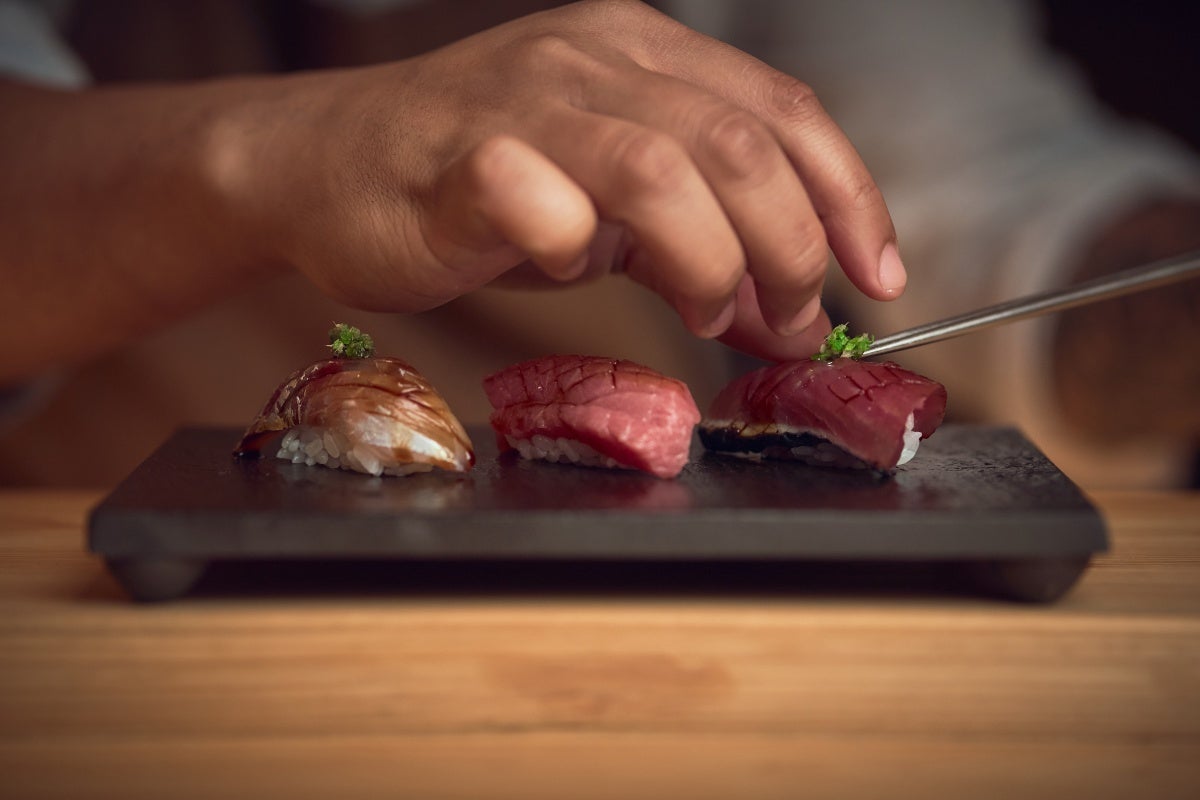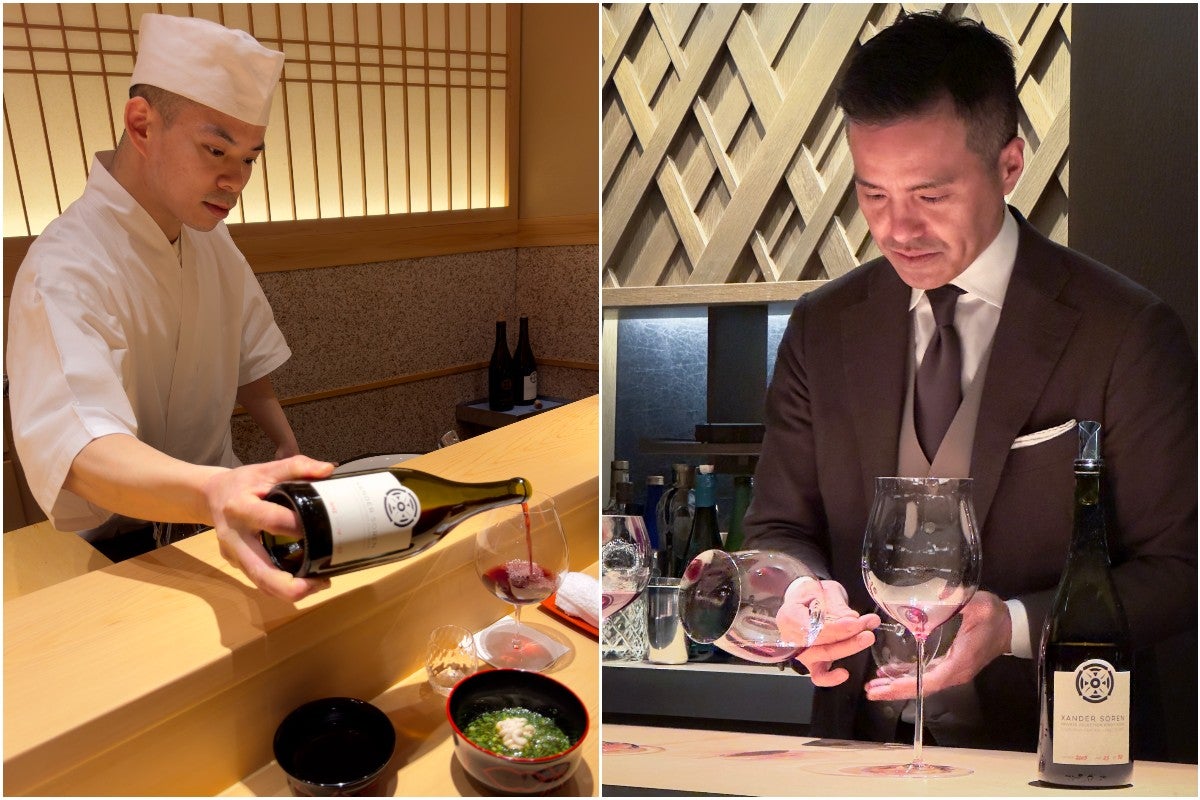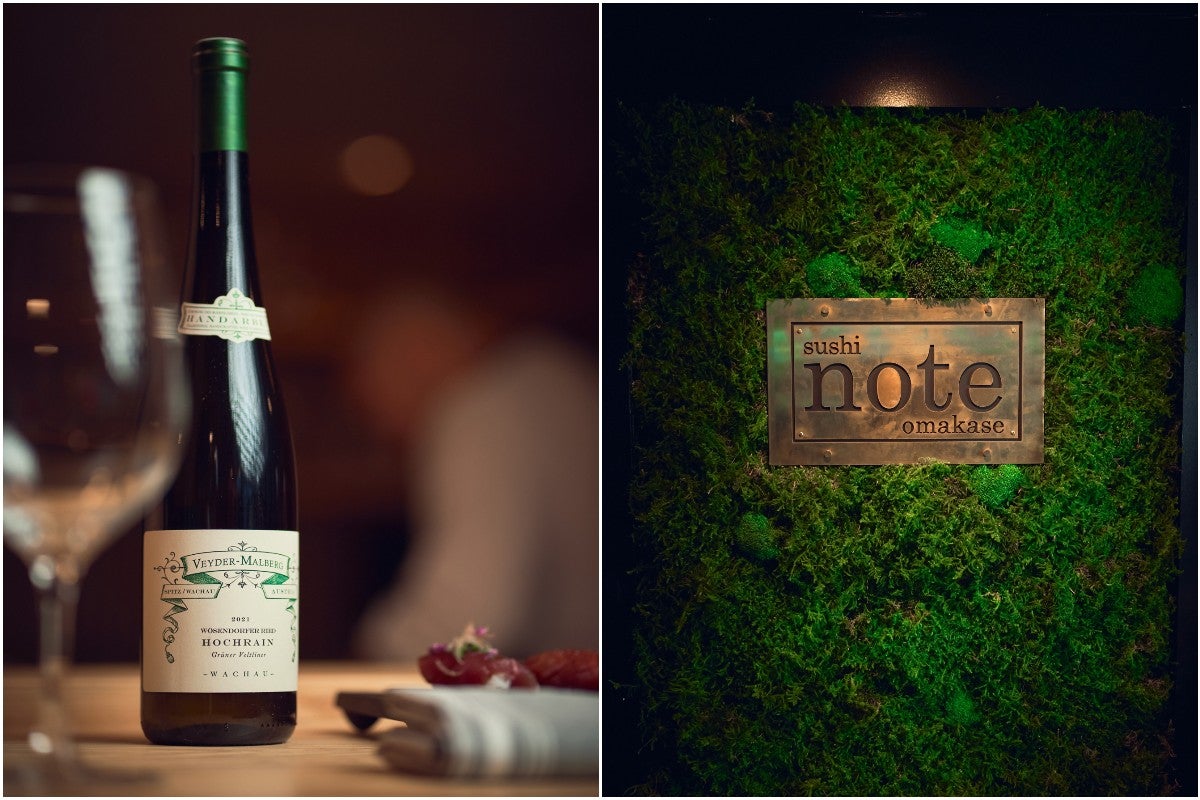Experts say wine not only pairs well with sushi, it surpasses sake and beer if done correctly. Here’s how to do it.
There’s a new trend popping up in the fine-dining world, and if you haven’t spotted it, you’re about to. That trend is pairing wine with sushi. Most people’s initial reactions are skepticism. Is it possible to pair something like wine with rice that contains vinegar? Sushi traditionally pairs well with sake or beer, but can wine achieve the same result if done correctly?
There are a lot of wine experts betting that wine not only pairs well with sushi, it actually surpasses sake and beer if done correctly. A cynic might say that this is a money grab from the wine industry to get their tentacles into a dining space that was previously untouched. But according to leading sommeliers and taste experts, the pairings work surprisingly well, and the wine world is exerting its influence upon Japanese cuisine in surprising ways.
Xander Soren is a former Apple executive who became interested in wine when he moved to northern California. As he tasted his way through the state, his tongue landed on California pinots, and he decided to make a small production of his own as a hobby back in 2012.
“I blind tasted like eight different wines from different vineyards all over California, from as far north as Anderson Valley in Mendocino and then as far south as Santa Barbara. And it's funny, two years in a row, I picked the exact same two vineyards, and they're both on the Central Coast. One of them is La Encantada, which is in the Santa Rita hills, very close to Santa Barbara. And the other was the opposite end of the Central Coast, closer to Monterey, and that one is Sierra Mar,” Soren says.

















